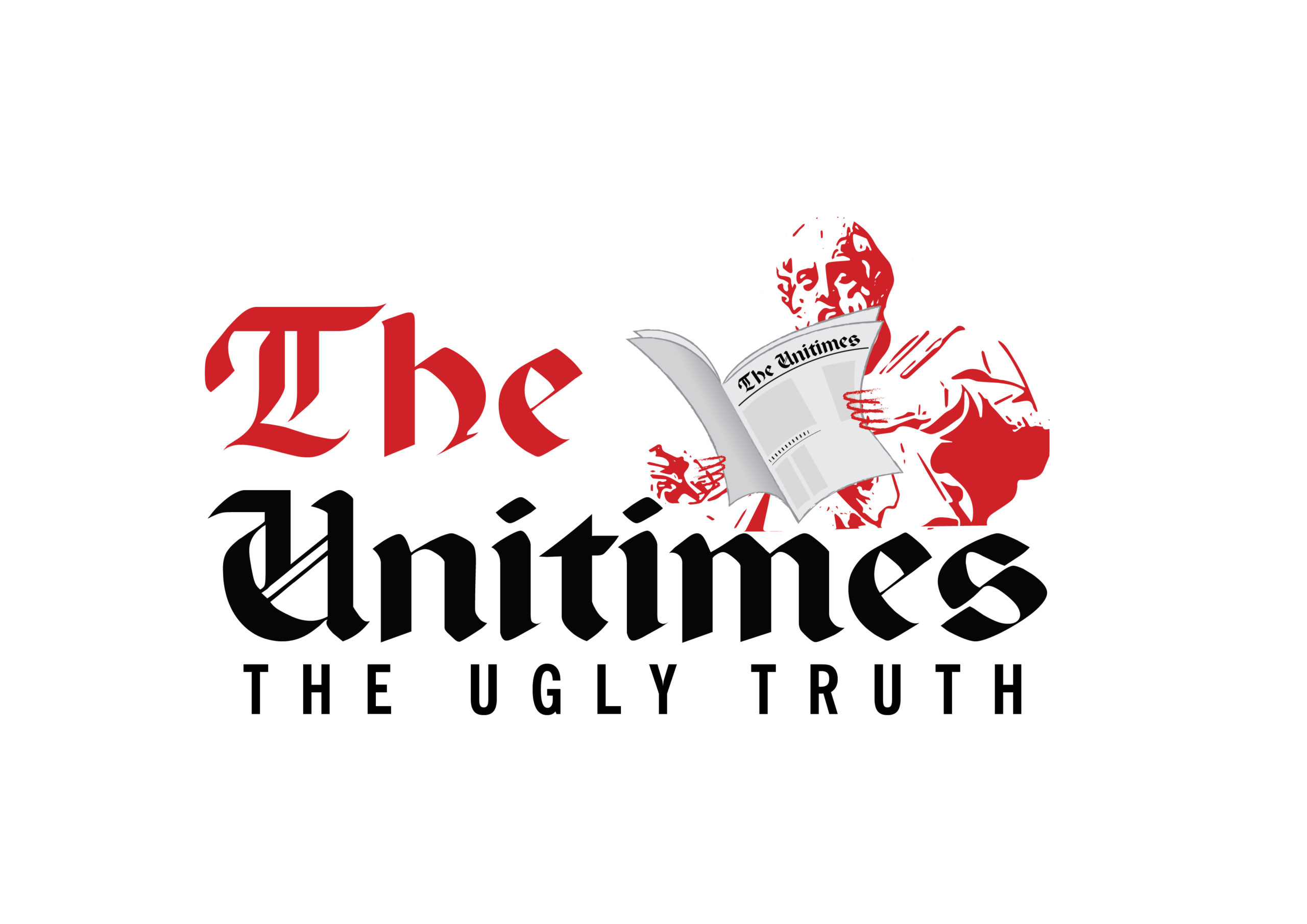How to strengthen internationalisation post-COVID-19
Numerous commentators writing over the last several months generally conclude that COVID-19’s impacts on higher education finances, practices and internationalisation will be strong and enduring. Early budget data and opinion from governments and universities is similarly pessimistic, as I have pointed out in the past.
While no short-term solutions are obvious, there are helpful strategies aimed at improving the long-term position of internationalisation within the higher education institution. Many of the fundamental financial and practice challenges to higher education predate COVID-19, are exacerbated by it and will remain after it. Action to fashion long-term strengthening should begin now.
A failure to integrate international activity into core teaching, research and scholarship, and community engagement missions is a fundamental error which seriously weakens internationalisation’s future position within institutions.
While some in higher education oppose allocating scarce resources to international activity, many more are merely tolerant of it, seeing it as something nice but not essential, and therefore low priority and a target to defund when money gets scarce.
Opposition and weak support are reinforced by lack of knowledge and shared understanding about internationalisation and its purposes. Erasmus in Europe has been highly successful; its limitations can be traced, in part, to whether government funding incentives attach to deeper institutional cultures and commitments where the real work of internationalisation takes place.
If integration is absent, internationalisation rarely gains a solid institutional foothold. In the competition for scarce resources, there are countless legitimate higher education needs touted by diverse and powerful interests. No prima facie case exists for special treatment in funding internationalisation, particularly if it remains a murky concept.
Resource sufficiency is at best extremely difficult in the absence of an institution-wide supportive culture and the participation of international leadership (for instance, the senior international officer and programme directors) in strategic planning and budgeting processes.
Strategies for integration include:
• Developing an institutional culture for internationalisation and its inclusion within policy, priority setting and budget processes; and
• Forming partnerships by dual purposing resources. The first creates the environment for the second. The second helps diversify resources available to international activity.
Developing a culture of support and strategic inclusion
Developing an institutional culture to support international activity requires leadership (for example, from presidents and provosts) to sanction moving the concept toward action. Leaders in internationalisation must play an active role in nurturing its spread and implementation.
Stephen Toope, then president of the University of British Columbia (UBC) and now vice-chancellor of the University of Cambridge, described a year and a half long dialogue at UBC focused on building a campus-wide understanding among students, faculty, staff and leaders on key issues.
A shared understanding of internationalisation within higher education is not commonplace, nor automatic and is a major obstacle to building internal support.
Effective dialogue builds shared understanding and addresses in particular: What does internationalisation mean, why do it, how does it enhance core institutional missions and values, and what are the contemporary rationales or motivations for international engagement and who has which roles to play?
Such conversations could be institution wide as in UBC’s case, or focused on a department, school or on a particular faculty.
There are numerous examples of integration strategies at various levels among the 144 NAFSA Simon internationalisation award winners over the past 17 years, as highlighted by John Hudzik and Penelope Pynes in Developing Sustainable Resources for Internationalization.
Strategic inclusion brings institutional culture to life. Key indicators of strategic inclusion incorporate:
• Explicit connection to the institution’s strategic plan and its annual budget planning process (as well as that of academic units);
• Participation of the senior international officer in institutional planning and budget discussions; and
• International activity included in institutional quality assessments.
Dual purposing resource partnerships
Resources come in many forms – money and also the existing faculty and staff, academic programmes and support and service units throughout the institution. It may seem counter-intuitive to say it, but ‘getting new money’ is typically the smaller part of a funding problem and solution. There aren’t enough new funds available to virtually any institution to fully fund internationalisation.
Tapping into existing institutional resources diversifies funding support through a strategy called ‘dual purposing’. Among the most successful projects funded by the STINT foundation in Sweden to internationalise institutions are those that dual purpose existing institutional resources and STINT resources and which form multiple partnerships for these purposes.
Taking money away from one area and ‘repurposing’ it for internationalisation gains few friends because it seems predatory. A more palatable approach is to ‘dual purpose’ resources – continuing their use for existing purposes but adding an internationalisation purpose is effective and less threatening. Dual purposing is inherently ‘integrative’. Initial activity might be on forming one or two such partnerships, then expanding to involve more.
Getting access to existing resources is facilitated if internationalisation is seen broadly as a high institutional priority (embedded in a campus culture and strategy). Equally important is whether faculty, staff and departments see benefit for them from incorporating an international dimension into what they are already doing. Mutual understanding and common ground provide the basis for partnerships.
Higher education already spends billions globally developing and teaching courses and subjects. A modest retooling of the learning objectives and design of existing courses can expand the internationalisation of curricula in cost-effective ways.
Hundreds of institutions are using such a strategy to internationalise the general education components of the undergraduate curriculum.
Accreditation and other self-monitoring quality control efforts in fields such as business and engineering have championed integration of internationalised components into degree programmes and existing courses.
Mutual enrichment
If faculty have expertise valued at home, it is likely to have value abroad. In turn, applying that expertise in other countries and cultures will further enrich the expertise for home. The issue is not so much hiring dedicated new faculty or changing faculty research and teaching priorities as it is discovering ways in which an internationalisation of faculty engagement will further increase their research and instructional capacities.
Faculty want research, funding and publication opportunities; a well-designed effort to internationalise the research activity of existing faculty can produce desired benefits all around.
Through dual purposing, internationalisation brings an orientation and an opportunity to enhance the quality and relevance of core higher education missions, thereby also providing enhanced teaching and research platforms.
Such integration to support core institutional missions helps reduce fears that internationalisation means adding a fourth mission. It can help avoid reactions such as: “I don’t want another mission, I’m already overloaded. How does internationalisation help me do what I am already supposed to be doing?”
Faculty, staff and departments want to know whether sharing some of their resources for internationalisation purposes will benefit them. A productive dual purposing resource strategy can leverage each partner’s resources into something more than each could do on their own. Productive and sustainable partnerships are those where each brings something to the table (no free riders) and each benefits in ways they couldn’t on their own.
Work with partners to develop ideas and strategies for how internationalisation can advance their objectives and needs. Make them a part of the idea development process. And most importantly, think through what will motivate them to become involved.
Dr John K Hudzik serves as chair of the NAFSA Senior Fellows for Internationalisation and professor of criminal justice at Michigan State University (MSU) in the United States. From 1995 to 2010, he was dean of international studies and programs at MSU, served as vice president for global engagement and strategic projects, and was acting provost and vice president of academic affairs. Hudzik is past president and chair of the board of directors at NAFSA and past president of the Association of International Education Administrators.






